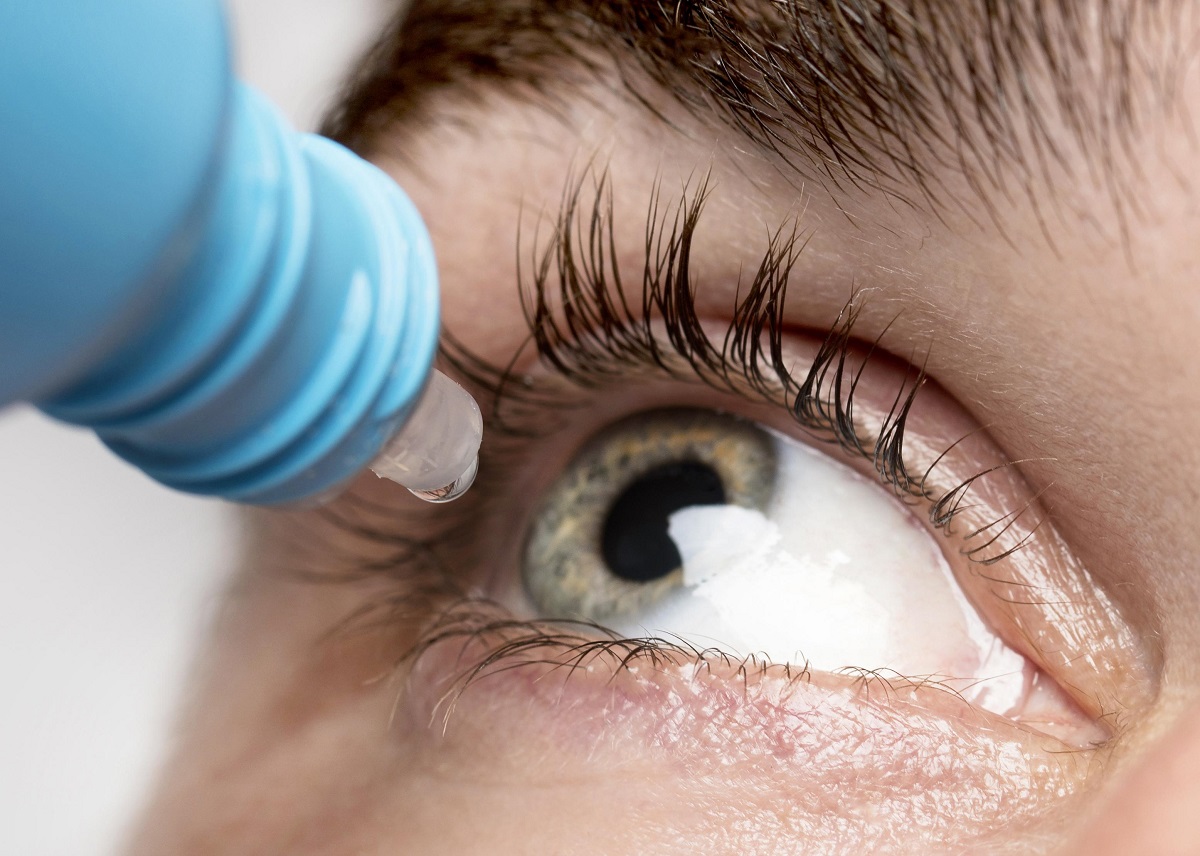Exploring the Different Types of Dry Eye Treatment

Ever blinked away a gritty sensation in your eyes and wondered why the discomfort doesn't dissipate? Perhaps you've squinted through the onslaught of heavy winds, only to retreat indoors with reddened, straining eyes? Such experiences might not just be a product of environmental irritants, but instead a common condition known as dry eye syndrome. As a home improvement and lifestyle blog, we typically focus on the design aesthetics and architectural beauty that brighten our living spaces. However, maintaining our interior comforts often means battling dry atmospheres, seasonal allergies, and other inconveniences that can impact our health. As most eye strain can be aggravated by environmental and lifestyle factors, especially within our homes, it is apt to visit the subject.
Today, we embark on a journey, exploring the world of deceptively common, yet often misunderstood, dry eye syndrome. We'll delve into its causes, various forms, its effect on daily life, and most importantly, the myriad treatment options available. Join us as we unravel the complexities of this condition, right from its root cause to the latest advancements in treating it. This blog post will encourage you to see dry eye through a new lens and empower you with knowledge to tackle it head-on.
Understanding Dry Eye Syndrome: Its Causes and Impacts
To comprehend the how and why of dry eye treatments, we must first understand what dry eye syndrome truly represents. Considered a chronic and often progressive condition, dry eyes can range in severity from a mild, occasional nuisance to a debilitating, everyday problem. Manifesting primarily through insufficient moisture and lubrication on the surface of the eyes, dry eye can result from a variety of factors. These include environmental conditions, lifestyle choices, age, hormonal changes, and inherent disorders in tear production.
The Different Layers of Dry Eye
Dry eye syndrome is not a uniform condition. It branches out into different forms, each with its array of symptoms and treatment paths. We'll discuss the two primary types: Evaporative Dry Eye and Aqueous Deficient Dry Eye, delving into their unique aspects and the different ways they disturb our ocular peace.
Probing the World of Treatment: Medical Interventions
Once a diagnosis has been made and the type of dry eye determined, medical practitioners deploy various treatment options aimed at either managing symptoms or addressing the root cause. From artificial tears and eyelid hygiene routines to surgical remedies, this section will explore the commonly prescribed medical interventions in tackling dry eye syndrome.
Keeping it Natural: Home-based Remedies
Right within the walls of our homes lie multiple solutions to soothe and pamper dry eyes. We'll explore the kitchen and beyond for home-based treatment options, including diet modifications, eye exercises, and DIY remedies.

Advancements in Dry Eye Treatment: What does the Future Hold?
With constant advancements in technology and improved understanding of the condition, the future of dry eye treatment promises a plethora of novel possibilities. In this section, we'll decipher potential breakthroughs ranging from innovative medications to advanced therapeutic devices.
Navigating the World with Dry Eyes: Lifestyle Adjustments
Living with dry eyes necessitates adjustments that go beyond medicinal interventions. It compels us to restructure our living and workspaces, daily routines, and our approach to screen-time, among others. We'll discuss how these lifestyle modifications can make a significant difference in managing the condition.
Conclusion
As we bring our exploration of dry eye treatment to a close, it's important to remember that this condition, however common, should not be normalised or overlooked. The discomfort and vision issues accompanying dry eye demand attention and care. Informed choices about treatment options, be it medical, home-based, or lifestyle changes, can significantly elevate the quality of life for those impacted. With this comprehensive understanding of the condition, you are equipped to not only face dry eye syndrome but to actively combat it.







